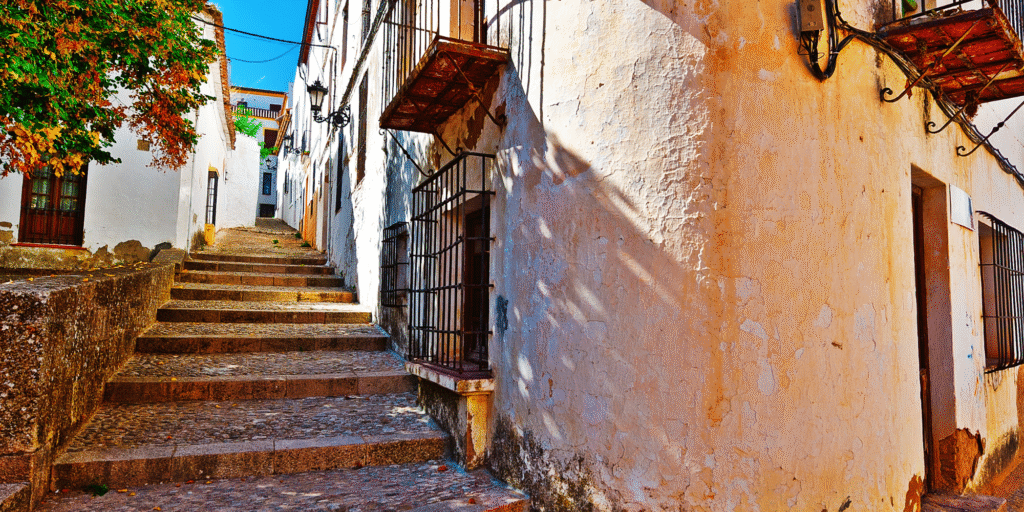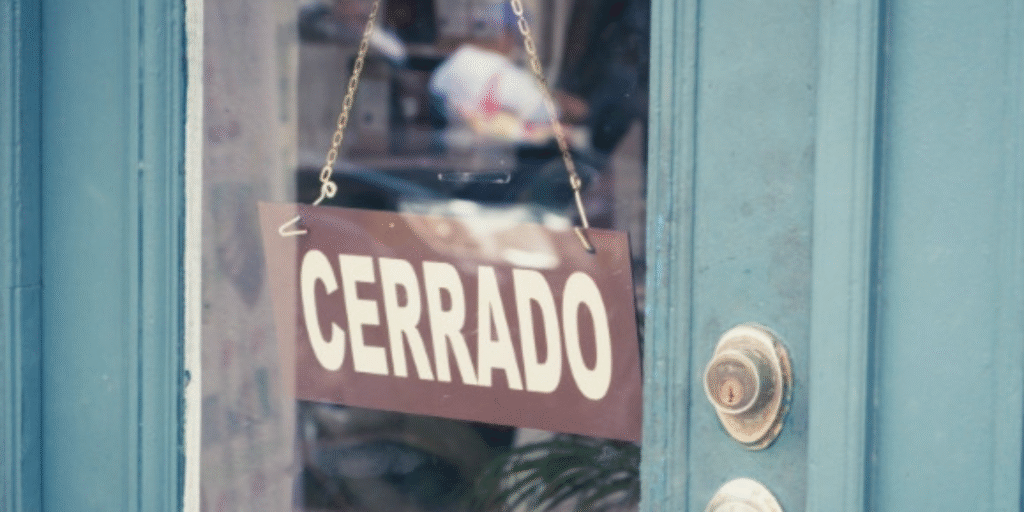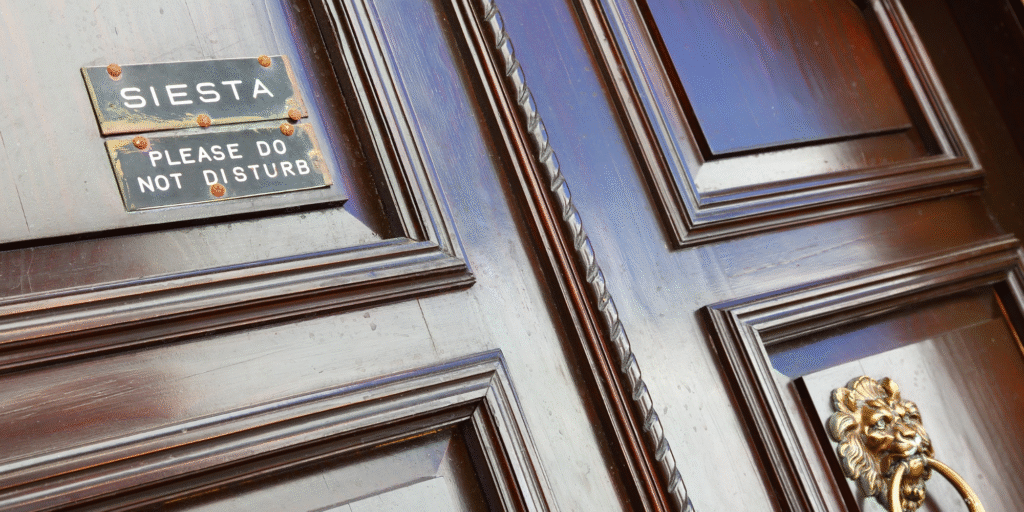If you’ve ever wondered why everything in Spain seems to happen later—meals, meetings, even mornings—you’re not alone. Siestas and sobremesa explain much of it. For newcomers, this cultural rhythm can feel like stepping into another dimension of time. A slower one. A richer one.
In Spain, time is not a commodity to be maximized. It’s a companion. Life unfolds at a pace that favors connection over speed, presence over productivity. And at the heart of this philosophy are two cultural treasures: la siesta and la sobremesa.
To understand why Spain moves slowly, you first have to understand how it all began.
A Brief History of the Slow Life
Spain’s unique pace of life has deep roots—shaped by its climate, geography, and even its politics.

Siesta Time in Spain
In rural, agricultural Spain, early mornings were for work in the fields before the heat hit. By midday, farmers would return home to rest, eat, and wait out the scorching sun. Over time, this routine became part of the national psyche, especially in Andalusia, Extremadura, and La Mancha, where summer temperatures regularly soar above 40°C (104°F).
Add to that the influence of Catholic family values, post-Franco work policies, and a strong culture of social interaction, and you get a country that resists the global trend of hustle, instead embracing something far more meaningful: time well spent.
“Learn more about Spain’s beloved traditions like siestas and sobremesa on Spain’s official tourism site.”
Understanding Siestas and Sobremesa in Spanish Life
The siesta—a midday break typically taken between 2:00 and 5:00 p.m.—is often misunderstood.

Cerrado signage
It’s not just about taking a nap (although in smaller towns, many people do). It’s about pausing the day, stepping away from work, and centering life around family, food, and rest.
Historically, it allowed people in hot climates to avoid the worst of the heat and resume work in the cooler evening hours. Though in modern cities like Madrid and Barcelona, the traditional nap is less common, the structure of the day still revolves around this pause.
Shops, banks, and even government offices often close in the afternoon—frustrating for expats at first, but liberating once you adapt.
“For more essential tips on navigating Spanish culture, read Spanish customs every traveler should know.”
Then Comes the Sobremesa…
After a leisurely lunch—typically the main meal of the day in Spain—comes the sobremesa, or “over the table” time. It’s the long, unhurried conversation that lingers after eating. No rushing to the next thing. No checks dropped prematurely.
It’s in these moments—over coffee, wine, or simply shared silence—that families bond, friendships deepen, and ideas are exchanged.
Restaurants expect you to stay. Waiters won’t bring the bill unless asked. In Spain, meals are about people, not just plates.
“Explore how Spain’s daily schedule evolved in this BBC Culture article.“
Why Spain Moves at a Slower Pace (And Why That’s a Good Thing)
Spain’s rhythm of life is shaped by more than old habits—it’s a philosophy of living.
Here’s what contributes to the national tempo:
- 🏘️ Late starts & long evenings – The day begins slowly and ends late. Dinner at 10pm is not unusual.
- 🕓 Unhurried bureaucracy – Government processes can feel frustratingly slow—but that’s the norm, not the exception.
- 🍷 Social life matters – Spaniards prioritize connection. Bars are full not just on weekends, but weeknights too.
- ☀️ Climate-influenced timing – In much of Spain, productivity dips during hot hours—so routines adjust accordingly.
- 🎉 Frequent holidays & fiestas – Long weekends, local celebrations, and public holidays slow things down in the best way.
What This Means for Expats and Visitors
For those coming from high-efficiency cultures (hello, North America and Northern Europe!), Spain’s pace can feel inefficient or even lazy at first. But with time, you’ll likely come to love it.

Siesta signage
Here’s how to adjust:
✅ Embrace the pause
Use afternoons to rest, read, or reflect. Life doesn’t need to be packed with back-to-back tasks.
✅ Shift your schedule
Plan your meals and outings later in the day. Many restaurants don’t serve dinner until 8:30 p.m.
✅ Accept that things take time
From rental contracts to appointments, expect delays. It’s not personal—it’s just Spain.
✅ Prioritize people over productivity
Say yes to that midweek coffee, that two-hour lunch, that unplanned stroll after dinner. In Spain, these are the milestones of the day.
“Adjusting to siestas and sobremesa is just one part of living in Spain as an expat.”
Final Thought: Spain Isn’t Slow—It’s Intentional
Spain’s slower pace isn’t about doing less. It’s about doing things better—with intention, presence, and joy. The siesta isn’t laziness. The sobremesa isn’t inefficiency. They’re reminders of what makes life truly full.
So the next time you’re tempted to rush in Spain, take a breath. Sit a little longer. Let time stretch.
Because here, the best things in life aren’t scheduled—they’re savored.
